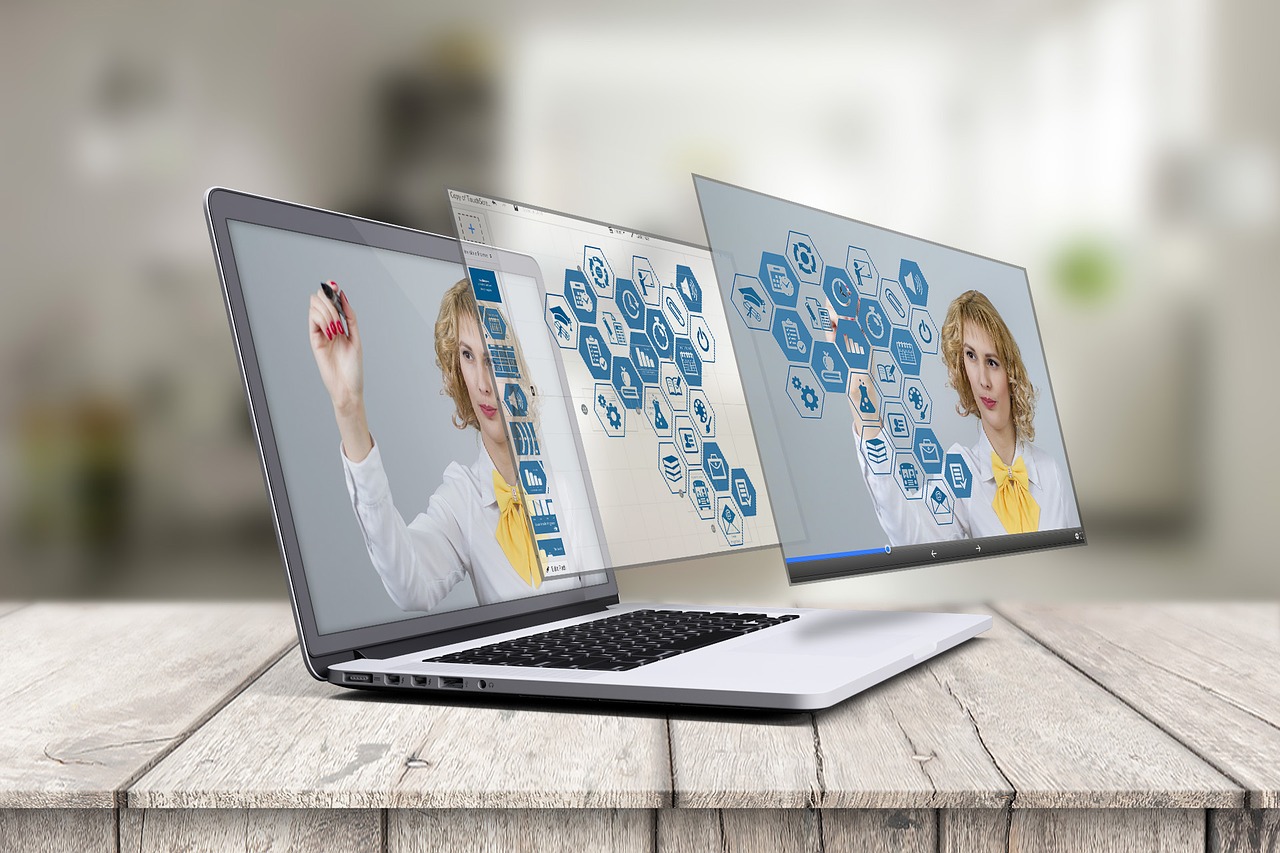Innovative technologies, from blockchain to robot-assisted surgeries, are quickly finding their way into healthcare processes. Another more recent adoption has been the use of augmented reality (AR).
Though sometimes confused with virtual reality, AR is a distinct technology that uses video to capture the world and imposes digital images on top of the existing, real-life environment. Virtual reality involves the creation of an entirely new environment that is completely artificial.
AR has already been used in several exciting ways in medicine. Read on to learn more about these applications.
1. Diagnosing eye disease
Patients often have difficulty describing their symptoms, which can result in misdiagnoses. AR could potentially help improve the diagnostic process in some situations, such as eye disease.
Ophthalmologists now have access to a mobile app that uses the device’s camera to simulate the impact of various eye conditions on vision. Patients can use this AR-powered app to help identify how their vision is changing, which can lead to a faster diagnosis. The app can help diagnose conditions such as cataracts and macular degeneration.
Also, the app has the potential to encourage patients to make positive changes in their life. For example, the app can show a patient how their vision would be affected if their diabetic retinopathy gets worse, hopefully encouraging them to be more proactive in controlling their diabetes.
2. Promoting physician collaboration
Often, patients are long distances from specialists, which can become problematic in emergent cases. AR can help with this problem by facilitating collaboration between providers. The physician treating the patient can use AR to obtain guidance from the specialist.
Already, AR has been used in everything from video conferencing while discussing treatment plans to providing guidance during surgical procedures. When a specialist is miles away from the patient, AR could mean the difference between life and death. AR makes it easy for all parties involved to see exactly what is going on and communicate the next steps necessary in treatment, even when they are physically distant, so that patients can still benefit from expert input.
3. Helping mothers to breastfeed
Another unique application of AR in medicine was spearheaded in Australia. Using Google Glass, a company launched a trial to help mothers who were struggling to breastfeed their infants. The AR technology allows counselors to see directly through the eyes of the mother and provide individualized guidance. Breastfeeding can cause a lot of stress for new mothers, and this technology could help alleviate it directly in the home environment. The technology also facilitates around-the-clock counseling so that mothers can get immediate advice about feeding.
4. Improving surgical awareness
One of the key applications of AR in the medical field is in the operating room. Surgeons can use AR to get a complete picture of the patient while performing a procedure. AR can project vital signs of the patient in the surgeon’s field of view so that they do not need to look away from the procedure. Also, AR can be used to highlight the location of vital organs and blood vessels to avoid potentially disastrous mistakes. Moving forward, AR could also help point to the next best steps during the surgery. This amount of detail helps surgeons make informed choices while operating and reduces the risk of surgical complications. Moving forward, it would not be surprising to see AR implemented in operating rooms across the world.
5. Pointing to lifesaving equipment
AR is already being used to help people locate lifesaving equipment in the event of an emergency. When an emergency occurs, people will often call 911, but they may not know what to do beyond that. An app recently introduced helps people locate critical equipment such as automated external defibrillators (AEDs).
The app can be used by both healthcare providers and laypeople to locate an AED in a matter of minutes. Using AR, the app uses a database to figure out the most likely location of the nearest AED and then provides directions on the screen to guide people to it. Since timeliness is so critical in cardiac arrest, this app could truly help save lives.
6. Finding veins easily
One of the trickier parts of delivering quality health care is finding a vein for an intravenous catheter. Even seasoned nurses can miss on the first try, especially in particularly old or young patients. A product that is already commercially available uses AR to scan the skin and show healthcare providers exactly where the veins are within the patient’s body.
The technology has been used for millions of patients and has been shown to increase the success of a first stick significantly. In some circumstances, quick venous access is extremely important for providing life-sustaining treatments, so it would not be shocking to see these devices becoming more popular in clinical settings across the world, especially if other tools like ultrasound are not readily available.

